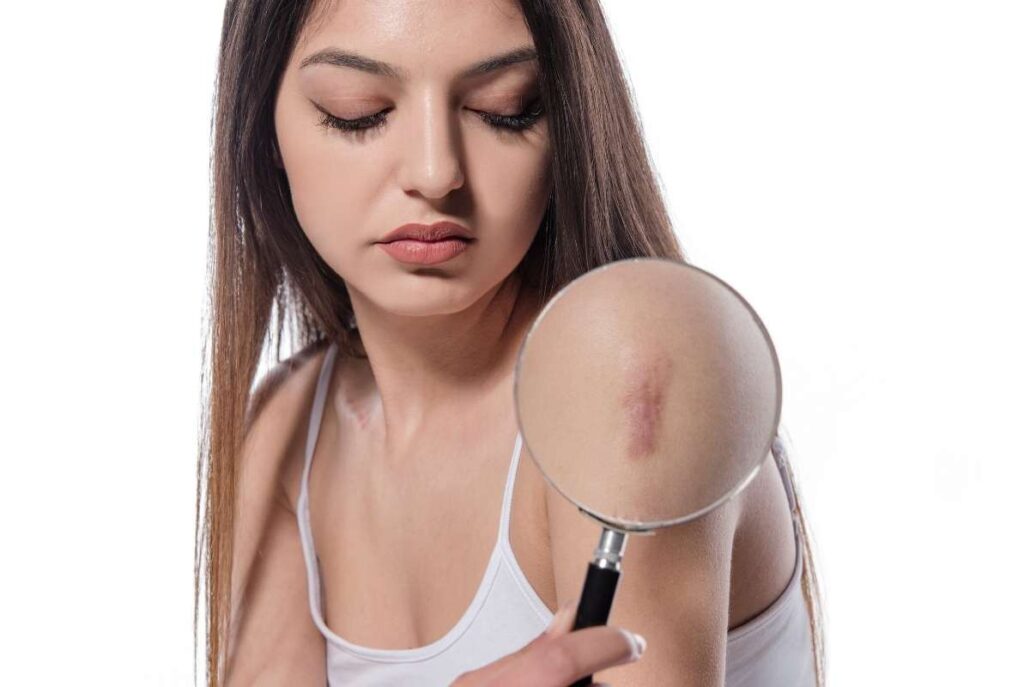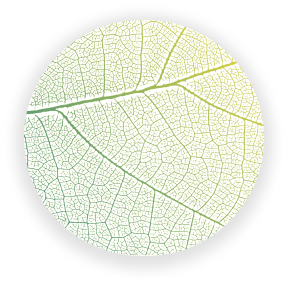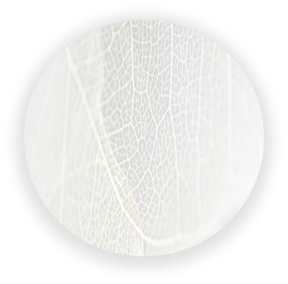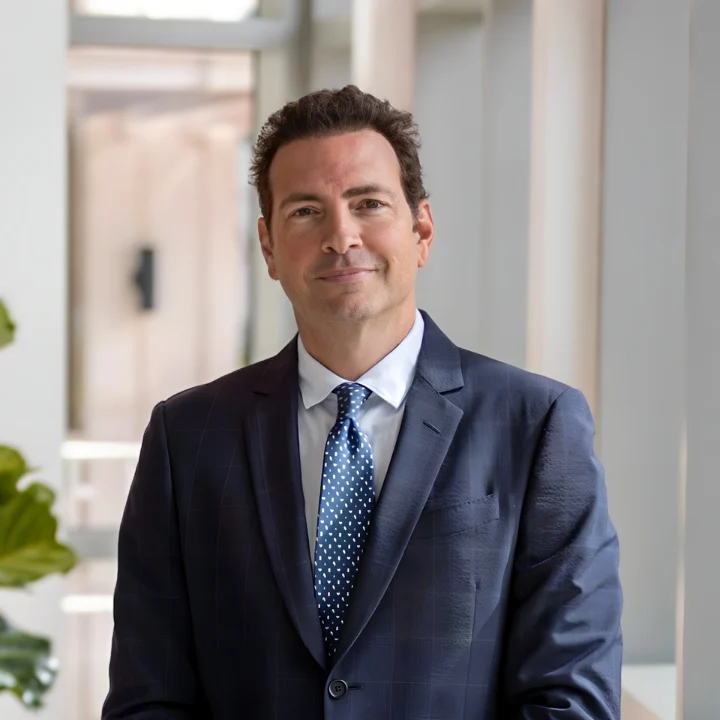Keloid Removal in Miami Beach, FL
Say farewell to unsightly keloid scars! Dr. Gabriel Salloum offers transformative keloid removal surgery in Miami Beach. Experience restored confidence and smoother skin without the burden of raised scars.
4.9(69)
The Amazing Benefits of Keloid Removal Surgery
No more hiding or feeling self-conscious! Flaunt your skin and embrace the world with newfound confidence.
Say goodbye to bothersome keloids once and for all. Our effective surgery offers a long-lasting solution.
Experience the freedom of keloid-free skin with minimal pain and downtime. It’s a win-win for comfort and beauty.
A scar develops when a person’s skin is broken or injured. There are many different kinds of scars. Some remain relatively flat and stay within the boundaries of the injury, while other scars keep growing and may become elevated and prominent. One type of raised scar is called a keloid scar. Keloids are often very noticeable because they can get quite large over months or years. They can also cause significant cosmetic problems or pain.

What Are Keloids?
A keloid scar is a raised scar, or hypertrophic scar, that develops when excess scar tissue grows too quickly after an injury. Some people are more likely to develop keloid scars than others. Keloids occur at higher rates among African Americans than among people of other ethnic groups. These scars usually appear in young adults between the ages of 10 and 30.
A defining feature of a keloid scar is that the tissues continue to grow even after the original wound has healed. A keloid usually becomes visible several weeks after an injury, and the scar tissue can keep growing for several years afterward.
A keloid scar is usually a different color than a person’s normal tissue and may be red, purplish, or pink. Usually, the edges of the scar are darker than the center. The scars themselves may be soft and rubbery, or they may be hard to the touch. Sometimes, the scars itch or hurt.


What Causes Keloids?
Skin injuries can cause excessive scar tissue to develop, resulting in the appearance of keloid scars. Scar healing can be difficult to predict. It’s not clear why some people develop keloid scars and other people don’t. Here are some injuries that can cause keloids to form:
- Ear and body piercings (you can have keloids on belly button piercing)
- Tattoos
- Cuts
- Injections
- Surgical incisions
- Acne
- Chickenpox
- Insect bites
In some cases, you may even develop a keloid spontaneously, without any previous injury.
Keloid Removal Before and After Pictures
*All patients are unique and individual results may vary.


Ways to Remove Keloids
Keloid treatments can vary from steroid shots and laser therapy to radiation and surgery. Some people may use silicone sheets to cover their scars. Some people will experience good outcomes after just one type of scar treatment. However, others will see their best outcomes when they combine multiple types of scar treatments.
Candidates for Keloid Scar Removal
If you have a past history of keloid scarring and your scars are causing you pain, then you may be a good fit for keloid treatments. There are several different types of keloid treatments, so you should consult with Dr. Salloum to see if any of them would be appropriate for you.


Your Consultation for Keloid Removal
During the initial consultation with Dr. Salloum in Miami Beach, the physician will review your medical history and discuss the type of keloids you have. He will then examine the keloids and help you decide which treatment is right for you.
Feel free to ask everything about what to anticipate during the procedure, as well as what to do after the procedure to prevent the recurrence. Be ready for Dr. Salloum to ask you questions about your past scarring and your medical background.
How to Prepare for Keloid Removal
Before your keloid treatment, Dr. Salloum will instruct you on preparing yourself for the procedure. Because the procedure takes place in an office and doesn’t require any significant downtime afterward, you may not need to make any changes or preparations in advance.

The Keloid Removal Procedure
At the Miami Center for Plastic Surgery, the doctor typically performs keloid removals as an outpatient procedure consisting of two parts. Dr. Salloum performs surgery in his private practice. The entire treatment typically lasts between 1 and 2 hours.
During the first phase of the treatment, Dr. Salloum will remove the keloid scars by performing surgery. Depending on the size and location of the scars, he may use either local or general anesthesia for the procedure.
Surgical removal of keloids usually isn’t enough to prevent them from recurring. When surgery is used as the only treatment, it’s very common to see the scars grow back. Because of that, Dr. Salloum usually recommends combining surgical removal with radiation treatment. This treatment plan typically starts right away after surgery.
Radiation reduces the risk of keloid recurrences. Radiation therapy can be done alone but usually works better when combined with additional treatment like surgery. We use the latest, most advanced technology at his clinic to prevent recurrences.
Recovery After Keloid Removal
After surgery, patients need minimal downtime. Depending on the type of procedure, how long you need to take off work and other activities will vary. Dr. Salloum can give you an idea of what to expect from your procedure and tell you exactly what to do to get the best result.
Caring for the Skin After Keloid Scar Removal
It may be difficult to predict whether a keloid will come back after surgery, but you can take steps to help prevent its reoccurrence. Sunscreen is important for protecting the skin after treatment. Use a broad-spectrum sunscreen with an SPF of at least 15 to protect yourself from the damaging effects of the sun’s UV radiation.
Applying external compression to the skin can help keep scars from forming again. Patients should also cover the whole treatment area with petroleum jelly after surgery.
The Cost of Keloid Removal Surgery
When considering keloid removal, it’s crucial to understand the financial commitment involved. As an effective treatment option, the cost of removal varies significantly based on several factors such as the size and severity of the keloid, skin type, and duration of treatment. Prices can range from as low as $75 to more than $2,000. Since this is a cosmetic procedure, health insurance generally does not cover the cost, making it essential to plan accordingly.
Several other elements also influence the exact cost of this procedure. Your geographical location and the type of medical facility you choose can make a difference. Billing practices employed by the plastic surgeon’s office can also impact the cost over a period of time. You should discuss all these aspects with Dr. Gabriel Salloum, an experienced plastic surgeon, to get a clearer picture of your financial obligations.


Why Should I Choose Dr. Gabriel Salloum?
- Dr. Salloum is board-certified by the American Board of Plastic Surgery and the American Board of Surgery.
- He has over 18 years of experience in plastic surgery, providing natural-looking cosmetic results.
- Dr. Salloum completed his general surgery residency at Mount Sinai Medical Center in Miami, serving as Chief Surgical Resident.
- He completed the Hand Surgery Fellowship Program at the University of Virginia Medical Center and is one of the few fellowship-trained reconstructive hand surgery specialists in South Florida.
- Dr. Salloum completed the Plastic Surgery Program at the University of Texas at Houston, with extensive training in cosmetic surgery.
- He has received numerous 4.5 and 5-star reviews on Yelp, Healthgrades, Vitals, RealSelf, and Google, with a consistent track record of successful results and satisfied patients.
- Dr. Salloum is passionate about helping patients meet their cosmetic goals and gain confidence, taking the time to understand each patient and answer questions before creating a unique surgical plan.
- Dr. Salloum offers a full range of plastic surgical procedures, including facelifts, body contouring, liposuction, tummy tucks, thigh lifts, Brazilian butt lifts, and breast reconstruction, specializing in reconstructive surgery, ultrasound-assisted liposuction, facial restructuring, and body contouring.
- Named a NYT and Miami Best Doctor.

FAQs About Keloid Removal
How long does the Keloid Removal procedure take?
Surgical excision of a keloid is an outpatient procedure that usually takes less than an hour. Radiotherapy after a surgical excision is usually brief, but some people may require multiple treatments.
Will I need anesthesia for keloid removal surgery?
When removing a keloid scar by surgery, we use anesthesia. It might be local, in which only the treatment area is numbed, or it might be general anesthesia, which will cause you to sleep during the surgery.
Can keloids return after removal?
There is a small chance of recurrence after keloid removal. When performed alone, surgical keloidectomy has the highest rate of recurrences. Therefore, surgery is often used in combination with other treatments, such as laser treatments or radiation therapies, to help prevent keloid recurrence.
Do you really need surgery to remove keloids?
While surgical excision is an effective way to remove keloids, it is not the sole method. Other methods include steroid injections, cryosurgery (freezing the skin with liquid nitrogen), applying compression, and using silicon sheets.
How does a corticosteroid injection treat keloids?
Steroids can be used to treat keloids. They may also be used to prevent them from growing back. A person who receives steroid injections for a keloidal lesion should get an injection once every 3 to 4 weeks. Injections are typically given 3 times before the patient goes home. Keloids often return within a couple of years or months of stopping the injections.
Are keloids a type of skin cancer?
No, keloid growths are not a type of cancer. There is no possibility that a keloidal scar will turn into skin cancer. However, in some instances, a keloidal scar may be mistaken for certain types of skin cancers, and cancer can sometimes be misdiagnosed as a keloidal scar. For that reason, a doctor might biopsy any keloidal growths that appear suspicious to rule out any chances of cancer.
How can you prevent keloids?
If you’re prone to keloidal scars or have had them in the past, you can take steps to help prevent them from forming again. For example, you should avoid having unnecessary surgeries, and you shouldn’t get any piercings or tattooing unless it’s really important to you. If you do need a surgical procedure, you can help minimize the chances of getting keloidal scars by applying a silicone bandage to cover the wound after the operation. You could also take part in a clinical trial where they give you steroids or other drugs to see if they’ll help prevent keloidal scars from forming.
At the Miami Center for Plastic Surgery, in Miami Beach, FL, Dr. Gabriel Salloum combines the use of a state-of-the-art radiation machine with surgical excision to remove and reduce the recurrence of keloid formation. To learn more about the treatments and to discuss your options for getting rid of keloids or preventing their return, call 305-405-6910 to schedule your consultation with Dr. Salloum today.
What Keloid Removal office is near me?
If you live in Miami Beach, FL, or the surrounding areas, then the Miami Center For Plastic Surgery offers Keloid Removal procedures among its services, and is conveniently located at 4308 Alton Road #720 Miami Beach, FL 33140.